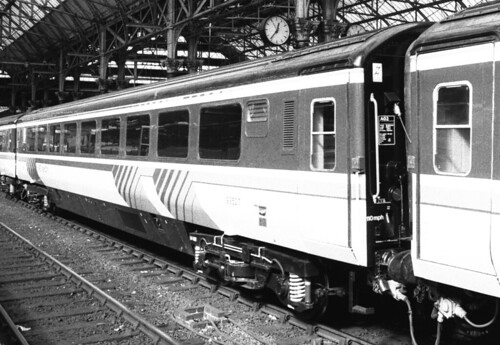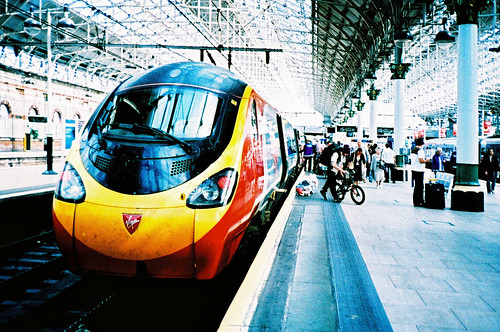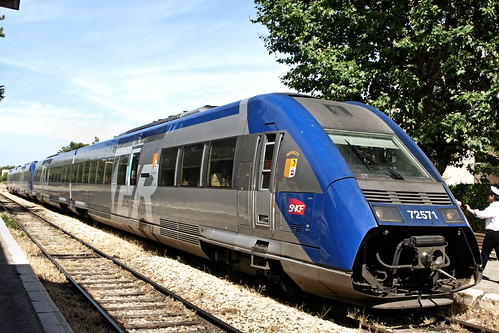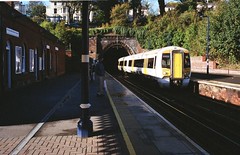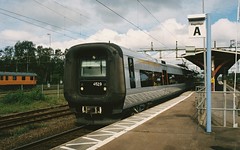Rail operators will have to rely less on subsidies to increase train capacity and the transport department should require new operators to provide enough carriages for passengers, a
report by the British Public Accounts Committee said on yesterday.
The problem is a combination of a shortage of carriages, poor seating capacity in the carriages themselves, and short platforms in some stations, which prevents the running of longer trains.
The troubles go back a long way. One of them is that the rolling stock itself is too expensive. A mark 1 coach cost about £5000 in the 1950s. That is about £200,000 in present-day money. But a new hauled vehicle cannot now be purchased for less than £600,000, and self-powered electric or diesel multiple unit (EMU/DMU) vehicles cost at least twice that amount. And in the 1950s - and right up to the late 1980s, EMUs were usually powered with recycled the electrical equipment which was very robust and was often decades old already. Such recycling is unheard-of today.
Of course in the 1950s, train speeds were much lower and modern equipment is more energy-efficient, and there are safety issues as well, all of which have driven up the cost. Air conditioning has come to be expected as a standard fitment, and toilets that discharge onto the track are considered unacceptable.
Nevertheless, there has been waste on a gigantic scale. For example, the electrical equipment and many other components in the 1300 or so mark 1 EMU fleet could have been recycled into new vehicles, as the same equipment continues to give good service on a substantial proportion of the fleet and is likely to remain in use for another 20 years or so. Indeed, the mark 1 fleet itself, despite its age, was perfectly acceptable for use on secondary routes and superior to the slightly newer stock now running on those lines.
The spread of fixed-formation trains also contributes to the shortage, as it is not possible to add extra vehicles kept on standby.
Where do we go from here? There is a need
- to shift to locomotive-haulage, which is more economic when trains are five cars long or more and allows vehicles to be added or removed in response to demand.
- for vehicles which can have a variety of seating layouts without compromising comfort unduly - which rules out the customary 1:3/2:3 door configuration.
- an effective platform-detection system which can be fitted to all stock, so that long trains can stop as stations with short platforms without the risk that passengers will step off into oblivion.
- to evaluate the systems fitted to vehicles on a value-for-money basis. This applies to features such as air-conditioning, fault-detection systems, at-seat power supplies, and all the other expensive things that fall into the category of nice-to-have.
- to establish what are the optimum trains speeds on a value-for-money basis.
Once the specifications are cut down to prioritise capacity and basic comfort, there will be a better chance of curing the present troubles.

